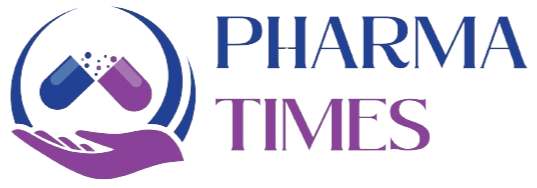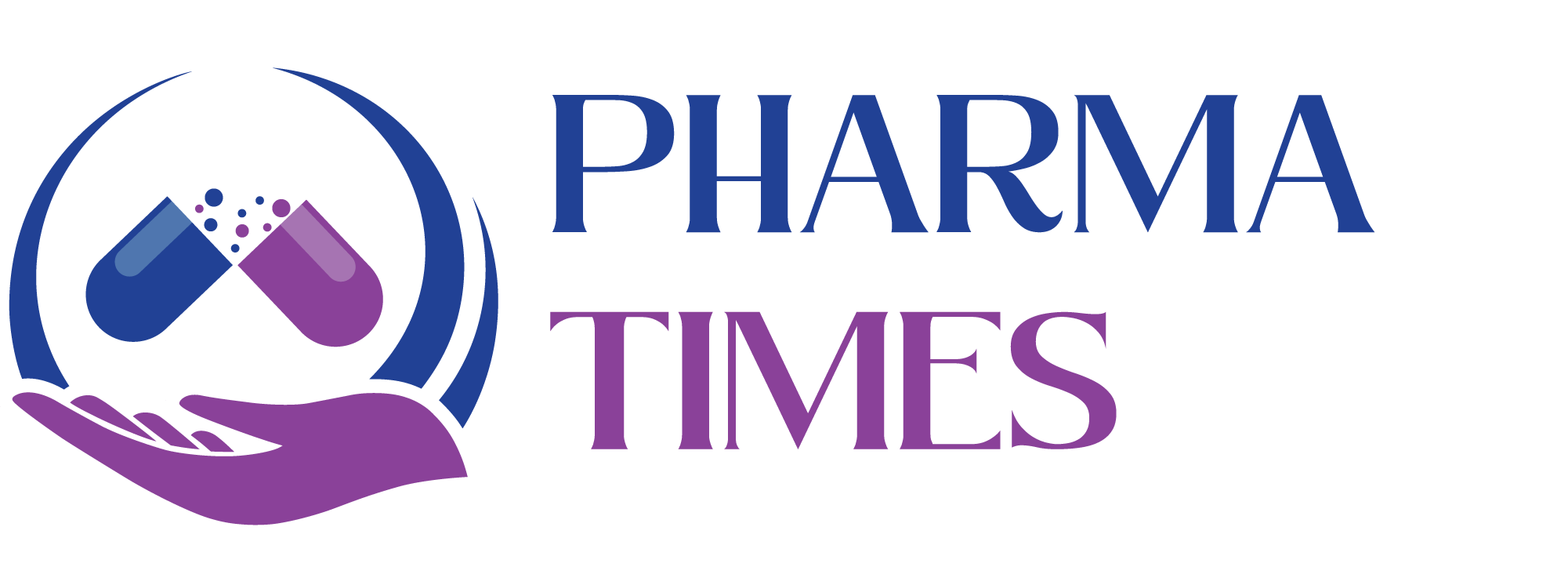Calibration of UV / Visible Spectrophotometer

Calibration of UV / Visible Spectrophotometer
1. Introduction
A UV-Vis spectrophotometer is a key analytical instrument in pharmaceutical laboratories used for qualitative and quantitative analysis based on light absorption. Calibration ensures the instrument provides accurate, precise, and reliable results in compliance with pharmacopeial and GMP standards.
2. Objective
-
To verify the performance of the UV-Vis spectrophotometer.
-
To ensure compliance with USP <857>, Ph. Eur. 2.2.25, and other relevant standards.
-
To maintain data integrity in analytical measurements.
3. Parameters to Calibrate
-
Wavelength Accuracy – Ensures the monochromator sets and reads the correct wavelength.
-
Photometric Accuracy – Ensures the instrument measures absorbance/transmittance correctly.
-
Photometric Linearity – Checks the proportionality between absorbance and concentration.
-
Stray Light – Measures the amount of unwanted light reaching the detector.
-
Resolution Power – Ability to distinguish between two close wavelengths.
-
Baseline Flatness / Noise – Ensures a stable and flat baseline.
4. Calibration Procedure (Pharmacopeial Methods)
A. Wavelength Accuracy
-
Use certified Holmium oxide filter or Didymium filter.
-
Scan and check characteristic peaks (e.g., Holmium oxide peaks at 279, 287, 333, 361, 536 nm).
-
Compare observed values to certified reference; deviation should be within ±1 nm (as per USP).
B. Photometric Accuracy
-
Use Potassium dichromate solution (in 0.005 M H₂SO₄).
-
Measure absorbance at 235, 257, 313, 350 nm.
-
Compare with reference absorbance values; deviation ≤ ±0.010 A.
C. Stray Light
-
Use 1.2% Potassium chloride (for 200 nm) or Sodium nitrite (for 340 nm).
-
Measure absorbance; should be ≥ 2.0 A (indicating low stray light).
D. Resolution Power
-
Use Toluene in hexane (0.02% v/v).
-
Measure the ratio of absorbance at 269 nm to minimum at ~266 nm; ratio ≥ 1.5.
E. Baseline Flatness
-
Run a scan with distilled water in both sample and reference cells.
-
Baseline absorbance should be within ±0.002 A.
5. Calibration Frequency
-
Before first use of the instrument.
-
Every 6 months or as per SOP.
-
After major maintenance or lamp replacement.
6. Documentation
-
Record date, instrument ID, standard used, observed values, acceptance criteria, analyst & reviewer signatures.
-
Maintain calibration certificates for filters and standards.
7. Regulatory References
-
USP <857> Ultraviolet-Visible Spectroscopy
-
Ph. Eur. 2.2.25
-
ICH Q2(R2) (Validation of Analytical Procedures)
-
WHO GLP Guidelines

